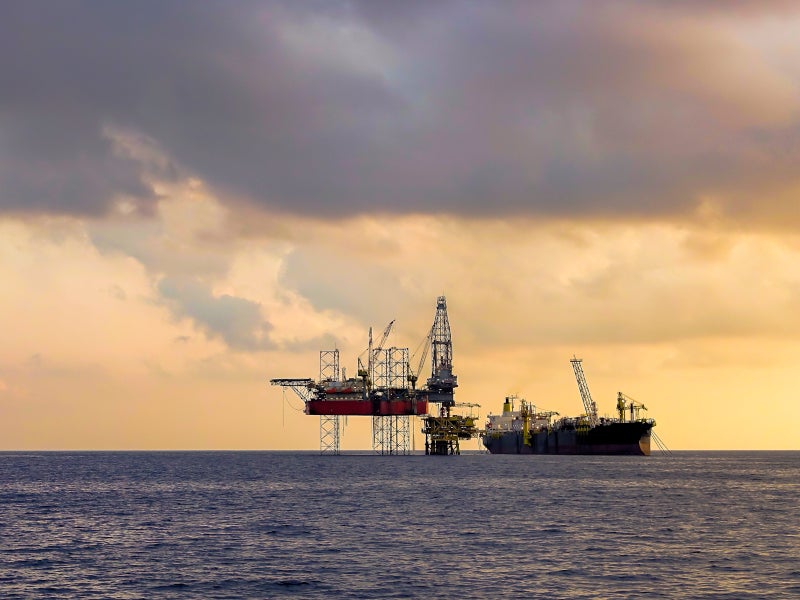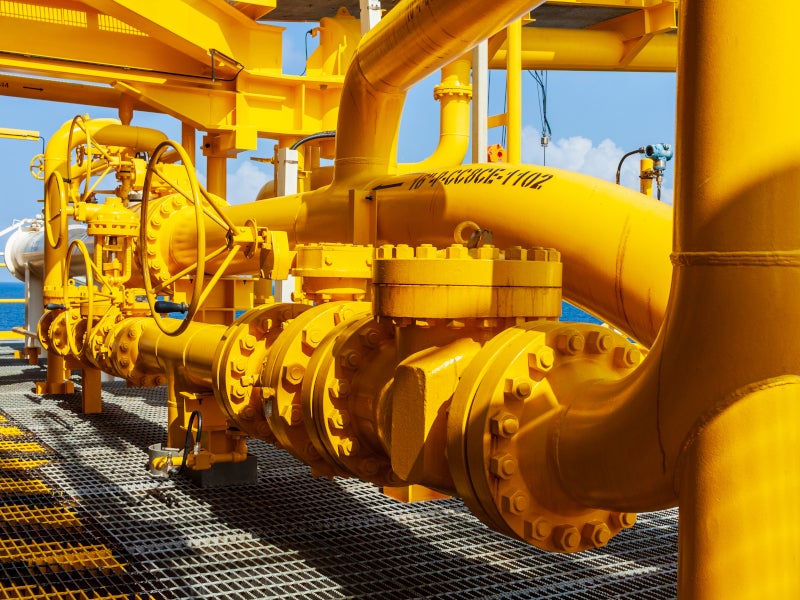The Buchan Horst oil field is situated on the Aberdeenshire coast in the UK. The field is under the ownership of Jersey Oil and Gas and Neo Energy Group. NEO Energy proposed to redevelop the Buchan field and rename it Buchan Horst field.
In December 2023, Serica Energy agreed to purchase a 30% non-operated stake in the Buchan Horst Field from Jersey Oil & Gas. The farm-out was completed in February 2024 with an associated milestone cash payment of $6.8m.
The field development plan (FDP) is poised for approval in 2024, with offshore operations slated to begin in the second quarter of 2025. The first oil from the redevelopment project is expected in the fourth quarter of 2026.
The redevelopment is estimated to require an investment of up to £950m ($1.2bn).
The field is expected to produce 70 million barrels of oil equivalent (mboe) with a peak production rate of approximately 35,000 barrels of oil equivalent a day.
Location of the Buchan Horst oil field
The Buchan oil field, also known as the Buchan Horst field, is located in the Outer Moray Firth, within the UK Continental Shelf (UKCS) Blocks 20/05a and 21/01a.
The field lies approximately 115km northeast of the Aberdeenshire coast and 103.5km west of the UK/Norway median line.
Discovery and appraisal of the Buchan oil field
The Buchan oil field was discovered by the well 21/1-1, drilled by Transworld Petroleum and Texaco in 1974 into a pronounced and relatively elevated horst block at the eastern end of the Buchan Horst.
The well encountered a significant sweet and under-saturated oil column, comprising more than 900ft in fractured, Upper Old Red Sandstone. Subsequent appraisal drilling tests demonstrated an oil column in excess of 1,900ft via well 21/1a-6.
The field was brought into production by BP in 1981 with nine development wells using the Buchan Alpha floating production vessel. Talisman Energy took over in 1996, followed by Repsol’s acquisition of Talisman in 2015, becoming the field’s operator.
Production at the field was halted in May 2017 due to the Buchan Alpha vessel reaching its certification limits.
Jersey Oil and Gas secured Blocks 20/05a and 21/01a in Licence P2498 in August 2019. NEO Energy obtained a 50% working interest, assuming the role of licence operator in July 2023.
Buchan Horst field development details
The redevelopment of the Buchan oil field encompasses the drilling and completion of five production wells along with two wells for water injection within the Buchan Horst field.
The establishment of subsea systems, which include production, water injection, and gas lift pipelines, as well as an umbilical, will facilitate the connection of the wells to the retrofitted Western Isles FPSO.
The gas export pipeline will be a six-inch diameter, carbon steel pipeline that is tied back either to the SAGE (Scottish Area Gas Evacuation) system or the FUKA (Frigg UK Association) pipeline system. The connection to SAGE would be at the pre-existing Ettrick Pipeline End Manifold (PLEM) while the FUKA system connection would be at the pre-established Tweedsmuir subsea manifold.
The revamped Western Isles FPSO will manage the production operations, with gas being transported through the gas export pipeline and oil via shuttle tanker. Water injection and gas lift techniques will support the production processes.
The FPSO will be positioned approximately 1.5km away from the drilling centres to optimise the efficiency of well tie-backs.
FPSO details
The Western Isles FSPO is a Sevan 400 2nd generation FPSO that began its service in November 2017 with a service life of 20 years. Currently in use at the Harris and Barra Fields in the North Sea, it is scheduled for decommissioning by the end of the first quarter of 2024.
Post-decommissioning, the FPSO will be docked for inspection and enhancements before its scheduled redeployment to the Buchan Horst field in 2026. The FPSO will be moored using 12 mooring lines, measuring approximately 1.52km and anchored using either driven pile anchors or suction anchors.
The FPSO is designed with a cylindrical hull that is anchored and includes marine systems, as well as cargo handling and storage capabilities. The hull supports a deck structure that houses processing equipment, utilities, and living quarters, complete with a helideck.
Contractors involved
The front-end engineering design (FFED) contractors encompass Apollo and Sevan SSP for the FPSO, Petrofac and Proserv for the wells, and Technip FMC for subsea operations.






